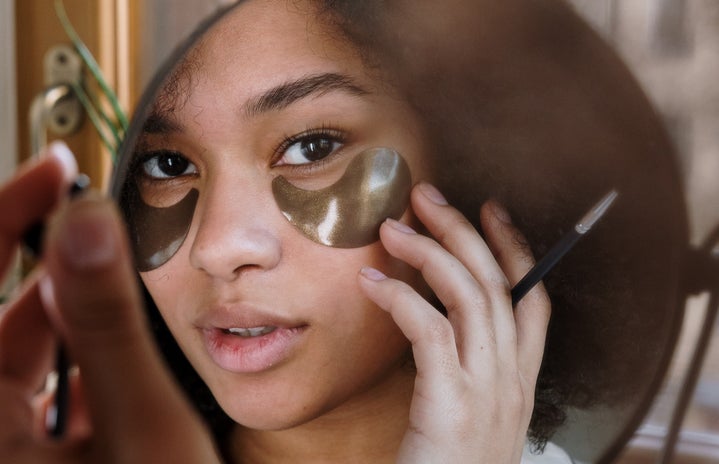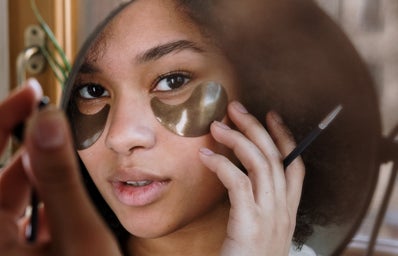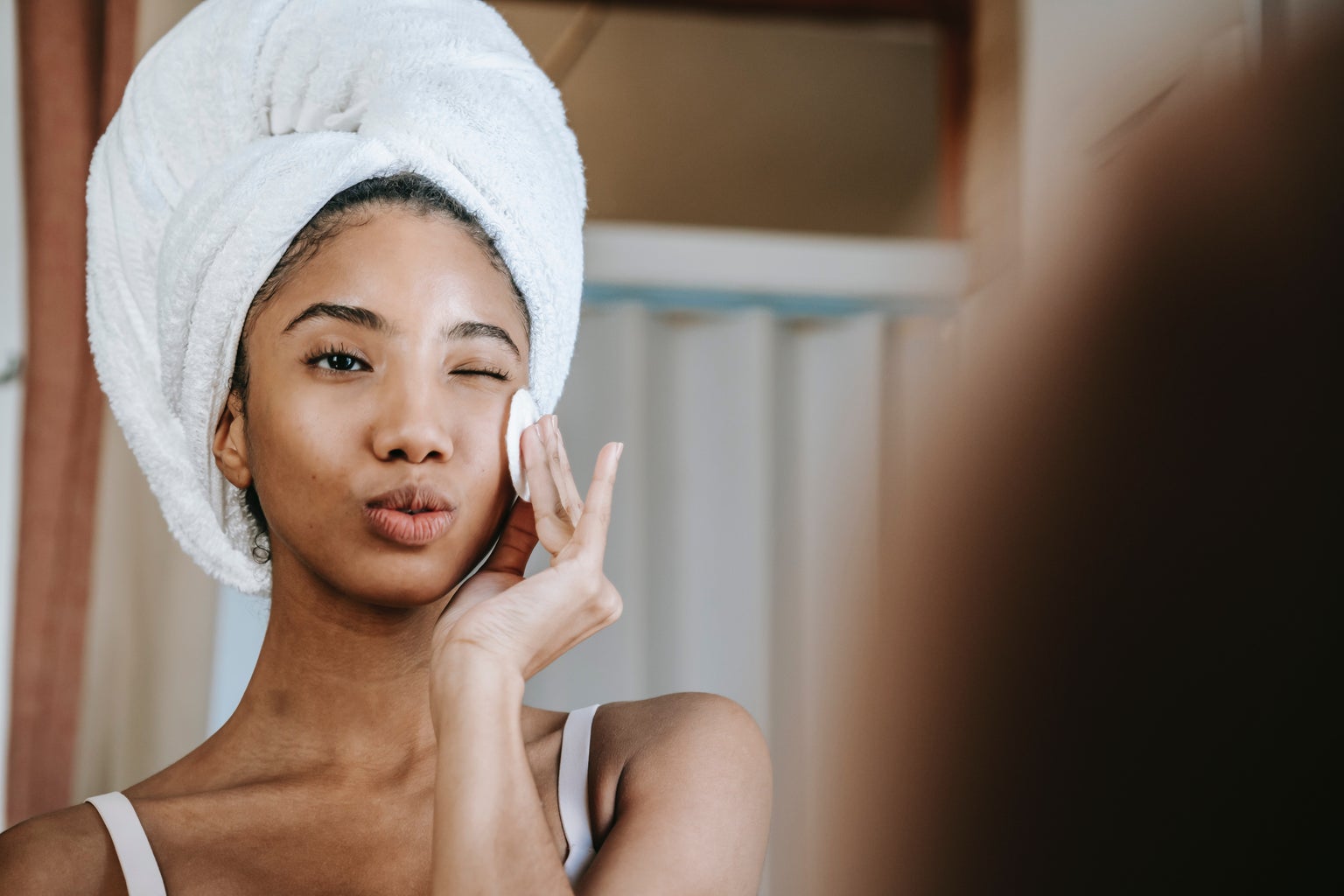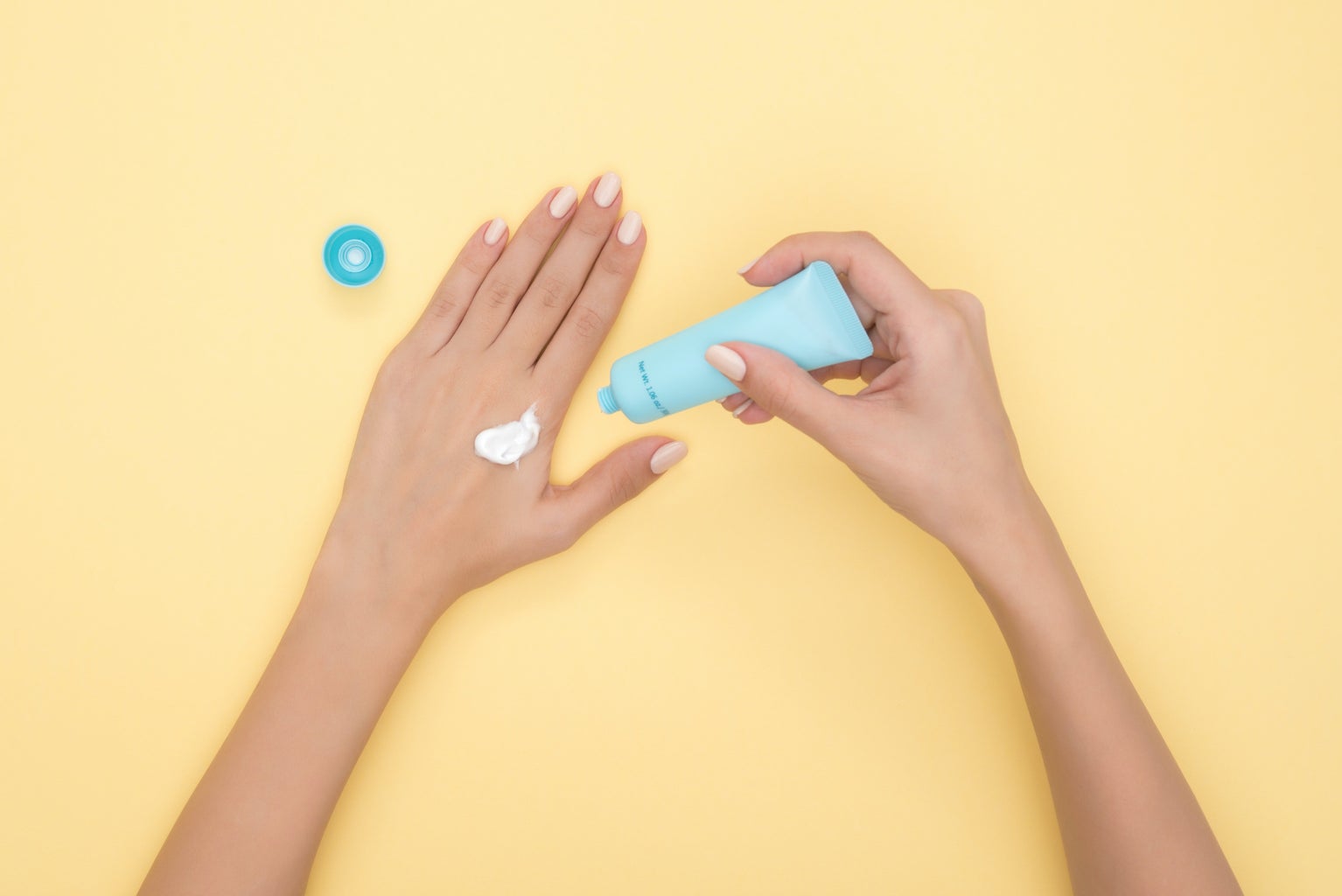Have you ever wondered why certain skincare products don’t work for you? Every person has a unique skin type; the four most common types are normal skin, dry, oily, and combination. Different products call for varying ingredients, and each ingredient serves the purpose of nurturing, balancing, exfoliating or hydrating the skin barrier. With skincare becoming more mainstream through social media platforms like TikTok, teenagers and young adults are searching for products that will clear their recurring breakouts and tackle other common skin problems. Building and maintaining an efficient, yet simple skincare routine can do wonders for the outbreaks that are often caused by natural hormone and food imbalances.
Figuring out what skin type you are is essentially the most important step of starting a skincare routine. Without knowing what skin type you are, it’s difficult to figure out what products to keep an eye out for. Normal skin can be described as not oily or dry, and normal skin types typically have smoother complexions with limited skin problems. Oily skin consists of a greasy exterior appearance throughout the face with visible or enlarged pores. Dry skin types will experience flakiness and lack of moisture in the skin barrier while combination skin types have oily t-zones (the area of the forehead and nose) and dry cheeks. A simple way to understand what skin type you have is by washing your face with only water, patting the water into your face, and not applying any product for 30 minutes. After 30 minutes, you can evaluate your skin’s appearance for any excess oil, flakiness, or both if applicable.
The key to a basic skincare routine is the three-step method: cleanser, moisturizer, and sunscreen. Regardless of any additional steps you may add such as toner, serum, or eye cream, having those three steps are vital to maintaining your skincare regime.
Starting out with your evening cleanse, a water-based cleanser is necessary. Sunscreen wearers will need an oil-based cleanser on top of the water-based cleanser since most sunscreens are waterproof and need to be further broken down. Oil-based cleansers are known to remove impurities such as SPF and excess sebum.
Following a cleanser, moisturizing the skin barrier is important as it locks in hydration and nourishes the skin even further. Moisturizers can soothe sensitive skin while preventing moisture from being sucked out of your skin.
Although sunscreen is not needed in the nighttime skincare routine, it is essential for the A.M. The sun is consistently present throughout the day so even when it’s cloudy or overcast outside, you should always be wearing sunscreen. SPF (sun protection factor) ranges from 30-100. SPF 50 is best for all skin types and only allows 2% of UVB (ultraviolet B radiation) to hit your skin barrier. Reapplying SPF through a sunscreen stick or cushion is just one way to continue protecting your skin throughout the day.
Building a skincare routine can be difficult and time-consuming, especially when you are not receiving the results you want. It is important to be patient with your skin as it is getting used to the products you are applying to it. Skincare journeys are much more about the steps along the way that help you figure out what your skin enjoys and what it rejects. In the end, skincare is about self-care, and taking care of yourself is vital.




